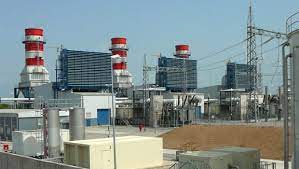The current blackout being experienced in many parts of Nigeria has worsened as number of idle power plants on the national grid increased by two to 12 on Thursday following the total system collapse that occurred on Wednesday.
The total power generation in the country declined to 3,927.9 megawatts as of 6am on Thursday from 4,272MW at the same time the previous day.
The plants that did not generate any megawatts of electricity as of 6am on Thursday included seven of those built under the National Integrated Power Project, namely Geregu II, Sapele II, Alaoji, Olorunsogo II, Omotosho II, Ihovbor, and Gbarain. The others were Ibom Power, Rivers IPP, AES, ASCO and Egbin ST6.
The data showed that generation capacity of 2,136.6MW could not be utilised as of 6am on Thursday as a result of gas constraints, low load demand by the distribution companies and water management.
Egbin, the nation’s biggest power station – located in Lagos, saw its output drop to 489MW as of 6am on Thursday from 776MW on Wednesday.
The national grid suffered another system collapse on Wednesday morning, worsening the blackout being experienced in parts of the country.
The grid, which is being managed by government-owned Transmission Company of Nigeria (TCN), has continued to suffer system collapse over the years amid a lack of spinning reserve that is meant to forestall such occurrences.
Spinning reserve is the generation capacity that is online but unloaded and that can respond within 10 minutes to compensate for generation or transmission outages.
TCN said the latest total system collapse of the grid was as a result of voltage collapse at some parts of the grid.
“While the grid restoration and power restoration gradually progress to other parts of the country, the cause of voltage collapse that precipitated this failure is equally being investigated,” it said in a statement on Wednesday.


